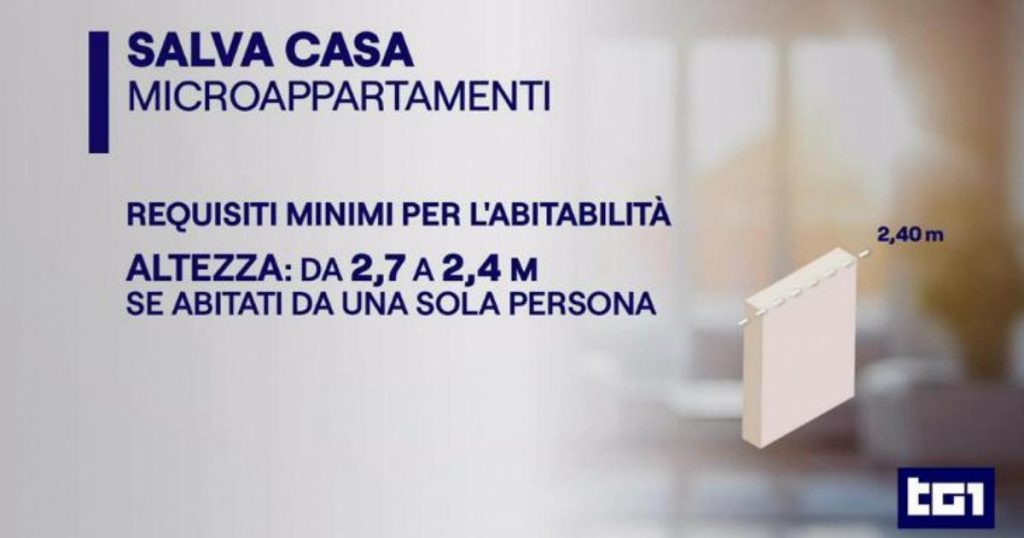The concept of “double compliance” has been simplified to increase the allowable margins of construction tolerances. This change also allows for a change in the designated use of a building and reduces the minimum requirements for habitability.
One of the key changes in the new regulations is the relaxation of construction tolerances, allowing for greater flexibility in building design and construction. This change is significant as it provides more leeway for builders and developers to accommodate variations in construction without the need for costly adjustments or corrections.
Another important aspect of the new regulations is the ability to change the designated use of a building without having to meet stringent requirements for habitability. This flexibility allows for easier adaptation of existing buildings for different purposes, ultimately leading to more efficient use of existing structures.
The simplified process of double compliance streamlines the regulatory framework for buildings, making it easier for developers and builders to navigate the requirements. This simplification is expected to reduce red tape and administrative burdens on the construction industry, making it easier to bring new projects to market.
Overall, the changes to the concept of double compliance offer greater flexibility and efficiency in building construction and design. By increasing allowable tolerances and reducing minimum requirements for habitability, builders and developers have more freedom to innovate and adapt existing structures for new uses.
These changes are expected to have a positive impact on the construction industry by reducing costs and improving the overall efficiency of building projects. As the regulations continue to evolve, it is important for developers and builders to stay informed of these changes in order to take full advantage of the benefits they offer.


